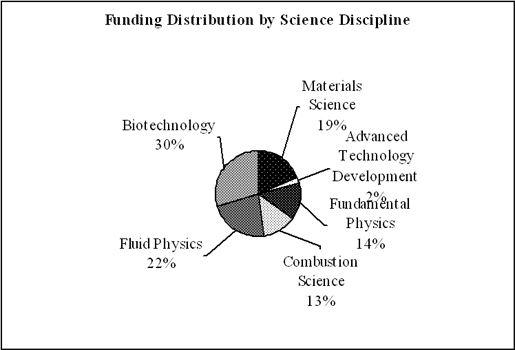Tutorial on Microgravity Research
page 3: Space Industry Overview
Microgravity – how is it useful?
Microgravity can be used as a special tool for a better understanding of fundamental questions and for the solution of problems on Earth. This allows to improve and to optimize physical, chemical and biological processes on Earth that are important in science, medicine, engineering and technology for all of us. Although these studies began with a purely scientific interest, results from basic research can lead to practical applications with a major industrial and economic impact, as was the case for the development of semiconductors.
The absence of gravitational effects in a microgravity environment means, for example, that temperature differences in a fluid do not produce convection, buoyancy or sedimentation. The physical picture is thus simplified and underlying processes can be more readily observed and analyzed. The changes in fluid behavior in microgravity lie at the heart of the studies in materials science, combustion and many aspects of space biology and life sciences.
In the US, NASA's Microgravity Research Division (MRD) within the Office of Life and Microgravity Sciences and Applications (OLMSA) is responsible for a comprehensive research program encompassing five major areas: biotechnology, combustion science, fluid physics, fundamental physics, and materials science.
The total FY 2000 budget request for NASA's Office of Life and Microgravity Sciences and Applications is $256.2 million. Microgravity research accounts for $111.4 million of that total (NASA FY 2000 Budget Briefing). The budget for 1998 was $139.6 million, allocated as follows (NASA's Microgravity Research Program, 1988 Annual Report):



|
